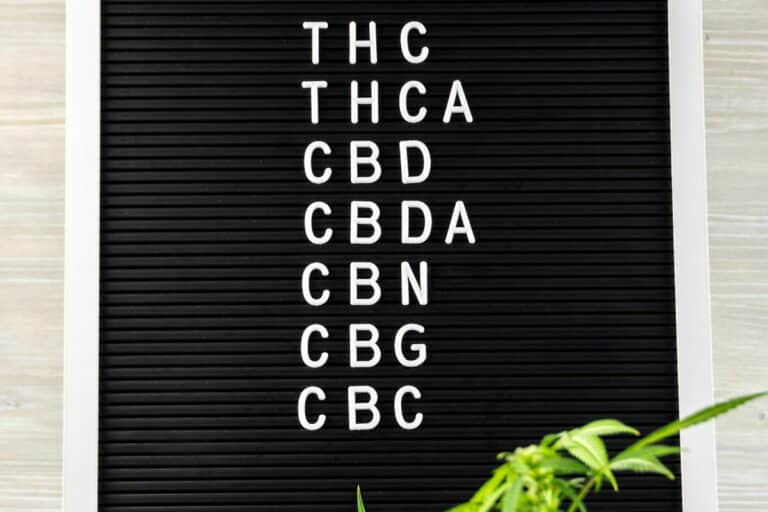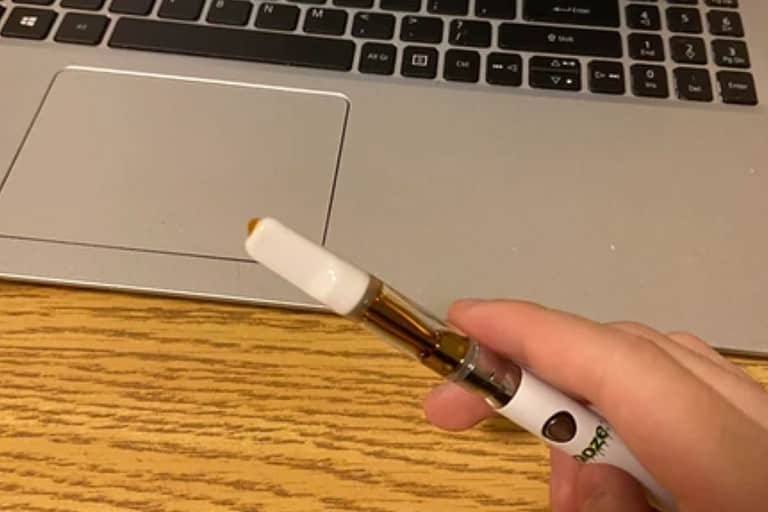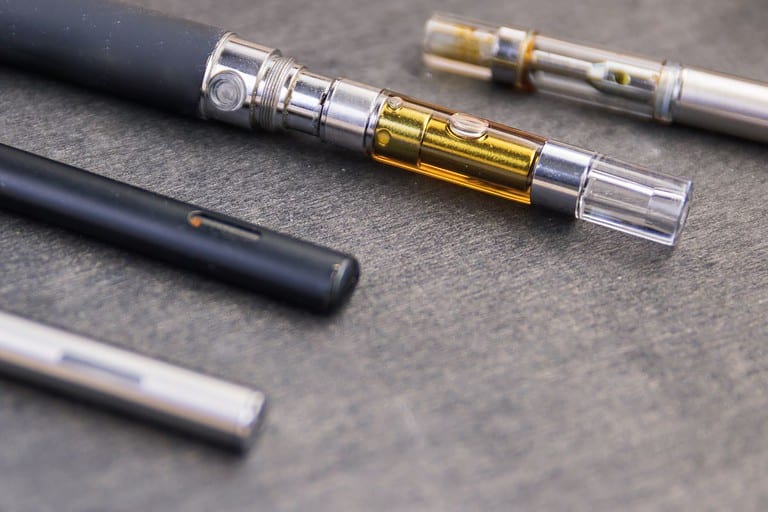How Many Hits Does It Take to Get High: Understanding Cannabis Potency and Effects
Understanding the effects of substance use is crucial for both safety and awareness. When talking about the number of ‘hits’ needed to get high, it’s important to recognize that this can vary greatly from person to person and depends on the substance being used. Factors like tolerance, body weight, metabolism, and the potency of the substance all play significant roles.
With the legalization of marijuana in many areas, there’s an increased interest in understanding its impact. If it’s cannabis you’re curious about, the number of hits necessary to feel high can depend on your experience with the substance and the percentage of THC within the product. For newcomers, it might take just a few hits, while more experienced users might require more due to developed tolerance.
Remember, the goal is to be informed about what you’re putting into your body. It’s crucial to consider the context and consume responsibly, keeping in mind that ‘getting high’ comes with legal and health implications. Always adhere to legal guidelines and consult with medical professionals for personalized advice.
NEW CUSTOMER DISCOUNT
Save 15%
15% OFF YOUR ENTIRE ORDER FOR NEW CUSTOMERS USE CODE WELCOME15!
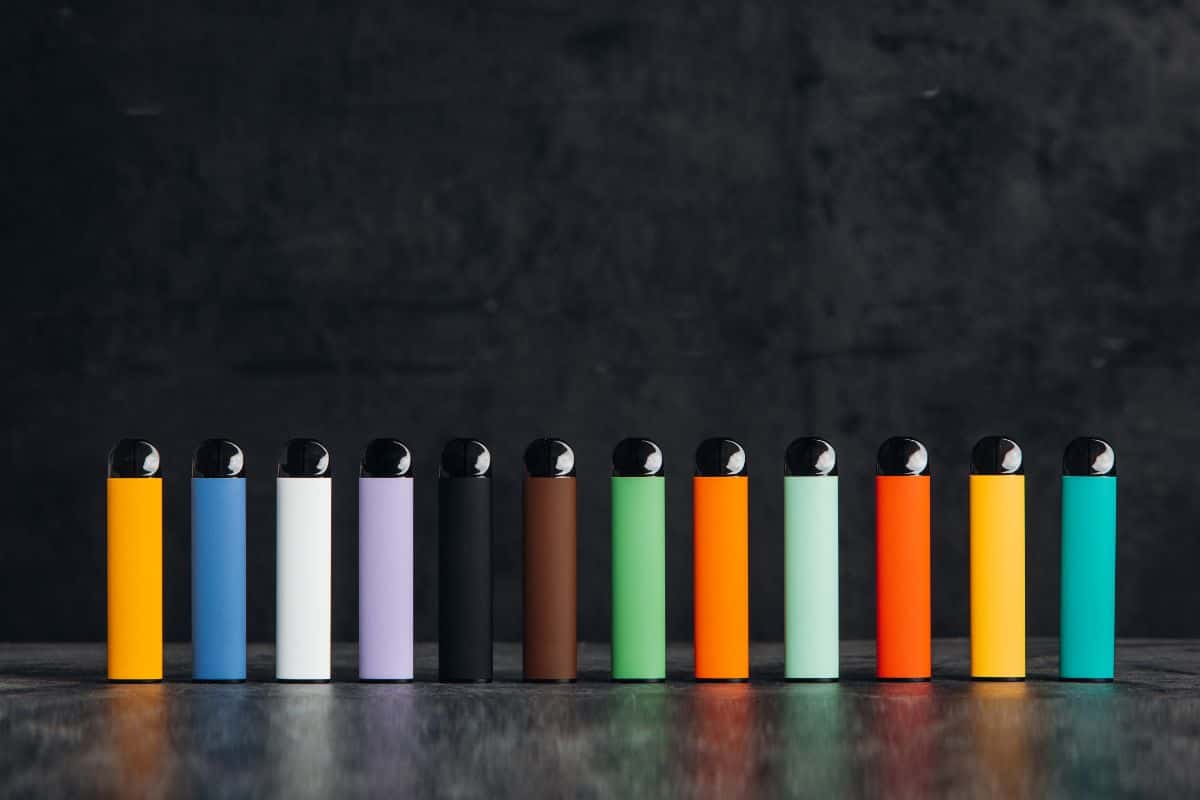
Table of Contents
Understanding Cannabis and THC
Before diving into the specificities of THC and cannabinoids, it’s essential to grasp that the psychoactive effects of cannabis are overwhelmingly due to the presence of delta-9-tetrahydrocannabinol, or THC. The potency of marijuana is directly tied to its THC concentration, which varies among different strains.
The Science of THC and Cannabinoids
THC operates by binding to cannabinoid receptors in the body’s endocannabinoid system, which affects the brain regions that play roles in mood, memory, and other functions. Cannabidiol, or CBD, is another important cannabinoid found in cannabis that can modulate the effects of THC and is noted for its potential therapeutic properties.
- THC potency: Ranges from a mere trace in some hemp plants to over 30% in specialized strains.
- Cannabis users: Experience effects depending on THC intake, individual metabolism, and tolerance levels.
- Cannabinoids: Over 100 different cannabinoids have been identified, including terpenes, which contribute to the distinct aroma and flavor profiles of cannabis.
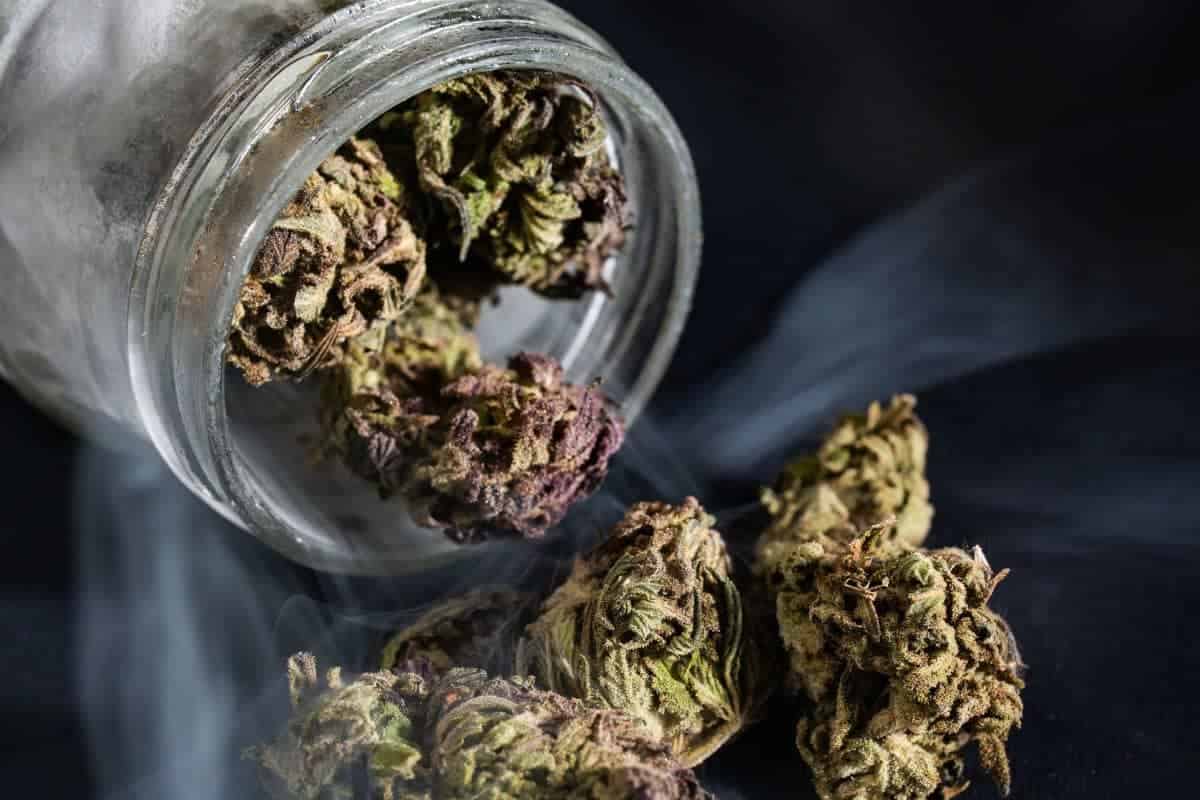
Different Cannabis Strains and Their Potency
Cannabis strains are typically classified as sativa, indica, or hybrid. These classifications are based on the plant’s physical attributes and the effects they are suggested to induce, although genetics play a significant role in the actual potency and effects:
- Sativa: Often associated with a more energizing experience.
- Indica: Commonly linked with being relaxing and sedative.
- Hybrid: A genetic cross that has a mix of sativa and indica traits, and can lean towards either end of the spectrum.
Strains can possess a wide range of THC concentrations, changing how many hits it might take to achieve a high. Your experience with THC will vary not only with the strain and its potency but also with your individual biochemistry and the endocannabinoid system.
The understanding of marijuana’s potency is critical for you to navigate usage safely and effectively. Notably, the concentration of resin in hashish has a higher percentage of psychoactive THC than other cannabis preparations.
Methods of Cannabis Consumption
When exploring how cannabis affects you, it’s crucial to understand the various methods of consumption, each with its own onset time and intensity of effects.
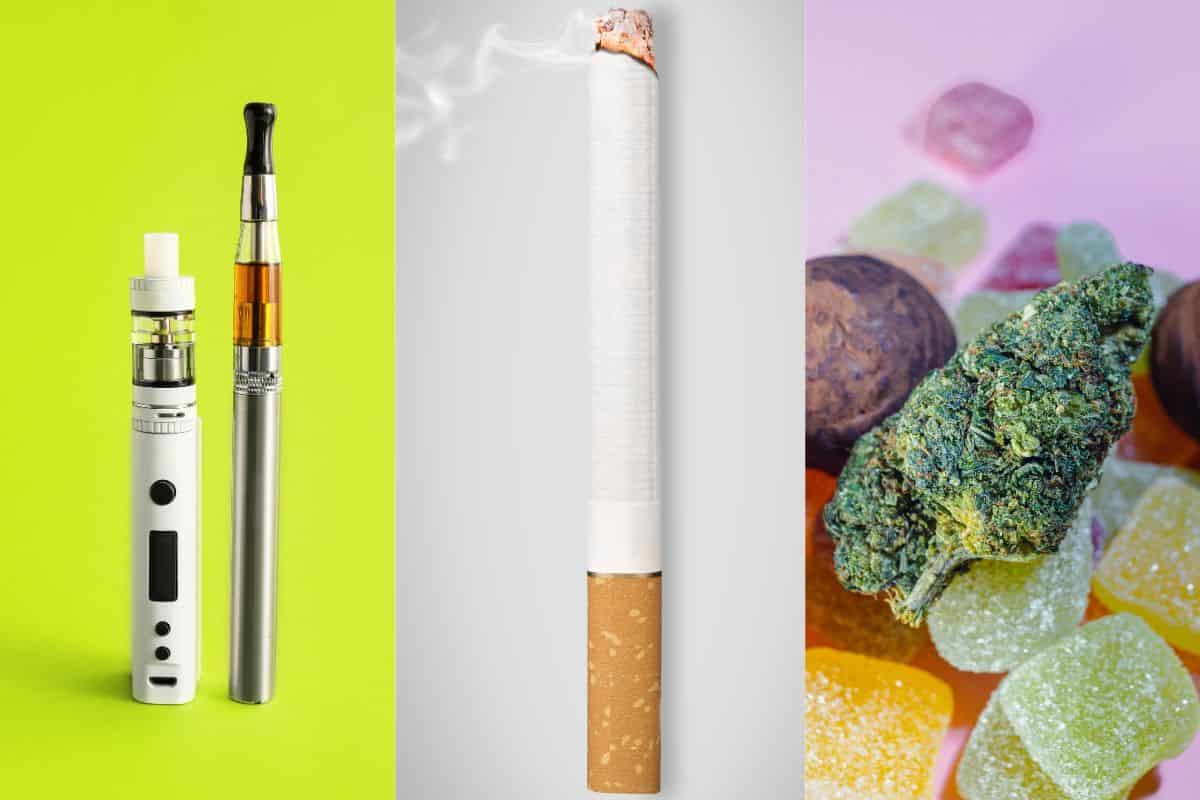
Smoking vs. Vaping vs. Edibles
Smoking involves igniting cannabis flowers and inhaling the smoke. Common techniques include using joints, which are cannabis rolled in paper, pipes, small handheld devices, and bongs, which filter smoke through water. The onset when you smoke weed is almost immediate, with effects typically felt within minutes.
Vaping, on the other hand, heats the cannabis to release vapor without combustion. This method, utilizing devices like vape pens, is perceived as a less harsh inhalation method and can offer a more discreet way of consumption. The effects of vaping are similar in onset to smoking.
Ingesting edibles is a form of consumption that requires patience and caution. Edibles are food products infused with cannabis. The onset of effects can take anywhere from 30 minutes to 2 hours, often resulting in a longer duration and potentially more intense high.
Understanding Concentrates and Extractions
Cannabis concentrates and extractions are potent substances like hash, shatter, wax, and oil, which can contain high levels of THC. These are often used in dab rigs, where they are heated on a hot surface and the vapor is inhaled. The process, known as dabbing, can produce an intense high quickly, often with fewer inhalations or puffs than smoking.
Non-Inhalation Methods
Beyond inhalation, there are alternative methods of cannabis consumption. Tinctures, liquid cannabis extracts, are used sublingually—applied under the tongue for quick absorption into the bloodstream. Another oral delivery system includes capsules and tablets, which are swallowed and metabolized through the digestive system similar to edibles, but with the intent to offer a more precise dosage.
The Experience of Getting High
When you seek the experience of getting high, you’re tapping into the psychoactive effects on your brain and body, which can vary in duration and intensity based on several factors, including body weight and the substance used.
Psychoactive Effects on the Brain and Body
Psychoactive substances trigger a release of dopamine in your brain, leading to feelings of euphoria. Your experience can range from deep relaxation to heightened sensory perception. However, some individuals may experience anxiety or paranoia, depending on their psychological state and the environment. The immediate impact is often a focus of curiosity, as coughing upon inhalation can actually speed the psychoactive effect into your bloodstream.
- Euphoria: A rush of pleasure or an elevated mood.
- Relaxation: A calming effect that reduces physical tension.
- Anxiety/Paranoia: Heightened worry or irrational fears, which are less common but significant.
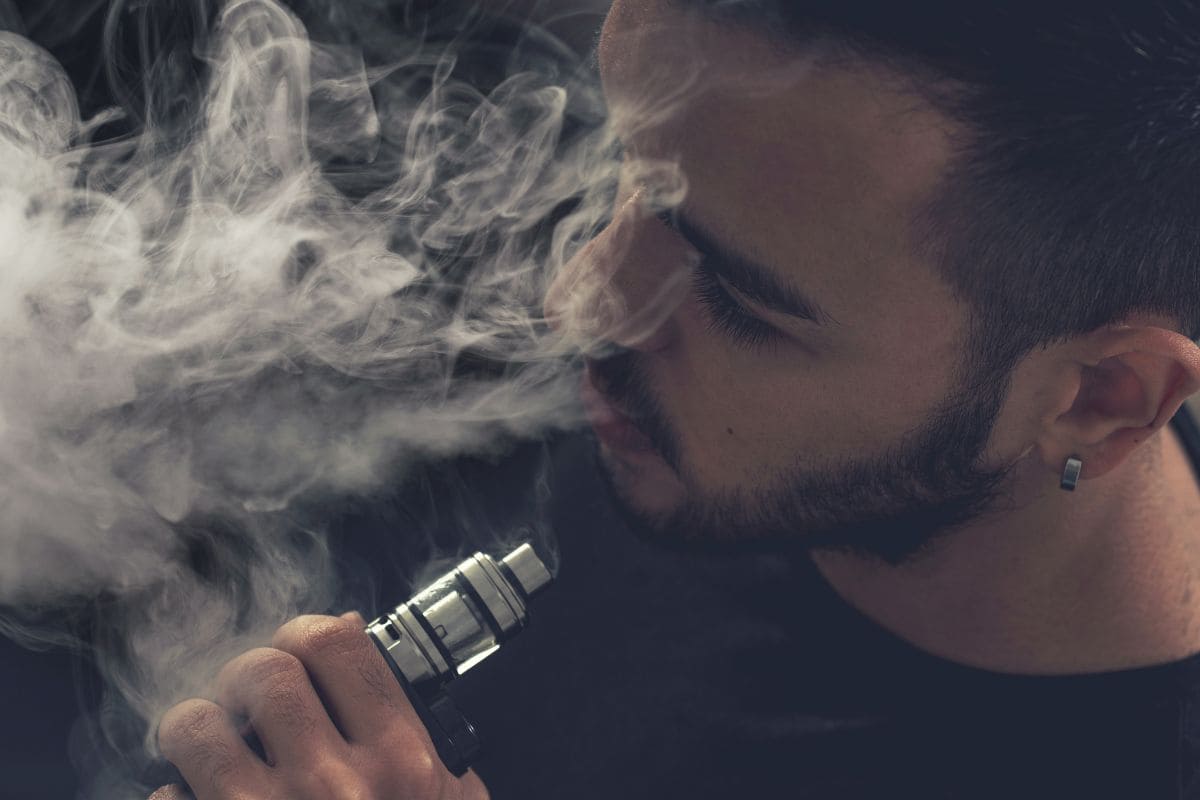
Duration and Intensity of a High
The intensity of your high is influenced by how much material you ingest and your own body weight. Generally, a higher dose results in a more potent and longer-lasting euphoric state. However, the actual duration can range from a few minutes to several hours.
- Short-term intensity: An immediate and powerful effect that may induce coughing, signaling that the substance has reached your bloodstream.
- Long-term duration: The euphoric state can diminish gradually, often leaving you feeling either more relaxed or tired after the initial high subsides.
Remember that every individual’s response to psychoactive substances is unique, and the quest to understand how many hits it takes to get high is an experience that’s deeply personal and varies widely among users.
Factors Influencing Cannabis Effects
The effects of cannabis are not uniform; they can vary greatly from one person to another due to a variety of factors. Understanding these can help you gauge your own experiences with cannabis use.
Tolerance and Its Impact on Cannabis Use
Your tolerance level plays a crucial role in how you respond to cannabis. Tolerance refers to your body’s reduced response to cannabis over time, which means the more frequently you use cannabis, the more it may take to achieve the desired effect. If your frequency of use is high, your tolerance levels will likely increase, necessitating larger doses for the same impact.
The Role of Metabolism in Cannabis Intoxication
Metabolism is key in determining how quickly THC, the active compound in cannabis, is broken down and eliminated from your body. Individuals with a faster metabolic rate may process THC more rapidly, leading to a shorter duration of effects. Your weight and lifestyle can influence your metabolic rate, thus affecting how long you remain high.
Physiological and Environmental Variables
What’s happening inside and outside your body can alter your response to cannabis. Physiological traits such as weight and sensitivity as well as health conditions can affect the intensity and duration of effects. Additionally, the variables of your environment, such as being in a comfortable setting or not, also play into how you might feel when using cannabis. These factors can result in a highly individualized experience with cannabis, making it challenging to predict how you might feel after a certain number of hits.
Quantifying Cannabis Intake
When attempting to understand how many hits it takes to get high from cannabis, it’s crucial to recognize the variables involved, such as THC content and product potency. Your experience can vary significantly based on how much and what kind of cannabis you consume.
Understanding Dosing and Measurements
The term hit generally refers to a single inhalation or puff from a cannabis smoking device, be it a joint, pipe, or bong. However, dosing precision is complicated by varying THC concentrations in different cannabis products. Consider dosing in milligrams (mg) for more accuracy. For example, a standard joint contains approximately 0.3 to 0.5 grams of cannabis.
| Product | Average THC (mg) per Hit |
| Flower (joint) | 5-15 mg |
| Concentrates | 25-80 mg |
| Edibles | 5-10 mg per serving |
The above table illustrates a rough estimation, as actual THC content varies widely. It’s suggested that a novice with low tolerance might feel effects with as little as 2-3 mg of THC, while habitual users might require much more.
The Significance of THC Content in Dosage
The THC content in cannabis is pivotal in determining potency. THC, measured in milligrams, is directly correlated to the strength of the effect: the higher the THC content, the stronger the potential high. For example, one gram of dried cannabis flower typically contains between 150 to 300 mg of THC, but this varies widely between strains.
When inhaling, the effects are usually felt within minutes and can peak quickly. The number of hits required to achieve a high will depend on your individual tolerance, the potency of the cannabis strain, and also the way you are inhaling. Subtle differences in your inhalation technique—an extended inhale, for instance—can increase the amount of THC absorbed from each puff.
Be mindful of the dosage and your personal tolerance. Especially for beginners, start low and go slow to gauge the effects and avoid overconsumption.
Cannabis and Health Considerations
When considering cannabis use, it’s important to weigh the potential health benefits against the risks of overconsumption. Your personal experience can vary greatly depending on the type and amount of cannabis consumed.
Potential Therapeutic Effects of Cannabis
Cannabis contains compounds like CBD (cannabidiol) which is known for its anti-inflammatory properties, potentially aiding in the relief of muscle pain and promoting relaxation. You may find products rich in CBD at a dispensary, with the entourage effect suggesting that a combination of cannabis’s components works better together than in isolation.
THC and CBD Levels in Common Cannabis Products:
| Product Type | THC | CBD |
| Flower | High | Low |
| Concentrate | Very High | Low to Moderate |
| Edibles | Varies | Varies |
| Topicals | Low | High |
Side Effects and Risks of Overconsumption
Cannabis, especially when inhaled, can have various side effects that affect your lungs and overall health. The onset of these effects can vary, with inhaled cannabis acting quickly and edibles taking longer. Avoid using cannabis in conjunction with alcohol to minimize health risks. Overconsumption can result in:
- Cognitive impairments
- Motor function issues
- Increased heart rate
- Potential for lung irritation
Always consume responsibly, and if you are new to cannabis or have concerns about its effects, consult with healthcare professionals or reputable dispensary staff for guidance.

Legal and Social Aspects of Cannabis Use
Within the evolving landscape of cannabis regulation and social attitudes, understanding the legal framework and society’s perception of cannabis is key. Legislation and cultural factors significantly influence how, when, and why individuals use cannabis.
Cannabis Legislation and Availability
Cannabis legislation varies immensely across jurisdictions, directly impacting availability and consumption. In places where it’s legal, such as in many U.S. states, you can purchase cannabis from licensed dispensaries, which may also offer low-THC strains intended for users seeking less psychoactive effects. However, it’s crucial to remember that despite state-level legality, cannabis remains illegal under federal law, placing constraints on the actions of institutions like the CIA and affecting law enforcement practices. The complexity of navigating various legal environments can affect how you and others consume and perceive cannabis use.
Social Perceptions and Impact on Consumption
Social attitudes towards cannabis use have experienced a notable shift. Medicinal and recreational cannabis consumption has become more accepted, influencing consumption patterns. You may notice an increased openness in discussing cannabis use in social settings, as the stigma that once surrounded it diminishes. However, social acceptance can vary widely: while some communities might embrace the use of cannabis, particularly medicinal use, others maintain reservations, influenced by legal implications, potential health impacts, and personal beliefs. In your interactions with others, whether a cop or a neighbor, awareness and respect for diverse perspectives on cannabis use are essential for navigating social norms.
Frequently Asked Questions
Understanding the nuances of cannabis consumption is crucial to ensure a safe experience. These FAQs provide insights into how various elements can influence the psychoactive effects of THC.
What factors influence the onset of cannabis effects?
The onset of cannabis effects is determined by your metabolism, body fat percentage, and cannabis potency. These factors alter how quickly THC enters your bloodstream and affects you.
How does tolerance impact cannabis potency and experience?
Your tolerance level to cannabis plays a major role. Regular consumption may lead to a higher tolerance, requiring greater amounts or more potent cannabis to achieve previous effects.
Can the method of consumption affect the intensity of a high?
Yes, the intensity of a high can vary greatly depending on whether cannabis is inhaled, eaten, or applied topically. Inhalation often leads to a more immediate and potent high compared to other methods.
What is the average time it takes to feel effects from THC?
When inhaled, THC effects can be felt within minutes, peaking at around 15 to 30 minutes. Edible forms can take anywhere from 30 minutes to 2 hours to manifest.
How do THC concentrations vary in different cannabis products?
THC concentrations can vary widely, from around 10-20% in dried flower to upwards of 50-90% in concentrates like oils and waxes, affecting the strength and duration of the high.
What are the signs that someone has consumed too much cannabis?
Signs include increased anxiety, paranoia, dizziness, nausea, and an overall overwhelming feeling. If these occur, it’s important to stay hydrated and rest in a comfortable environment.


